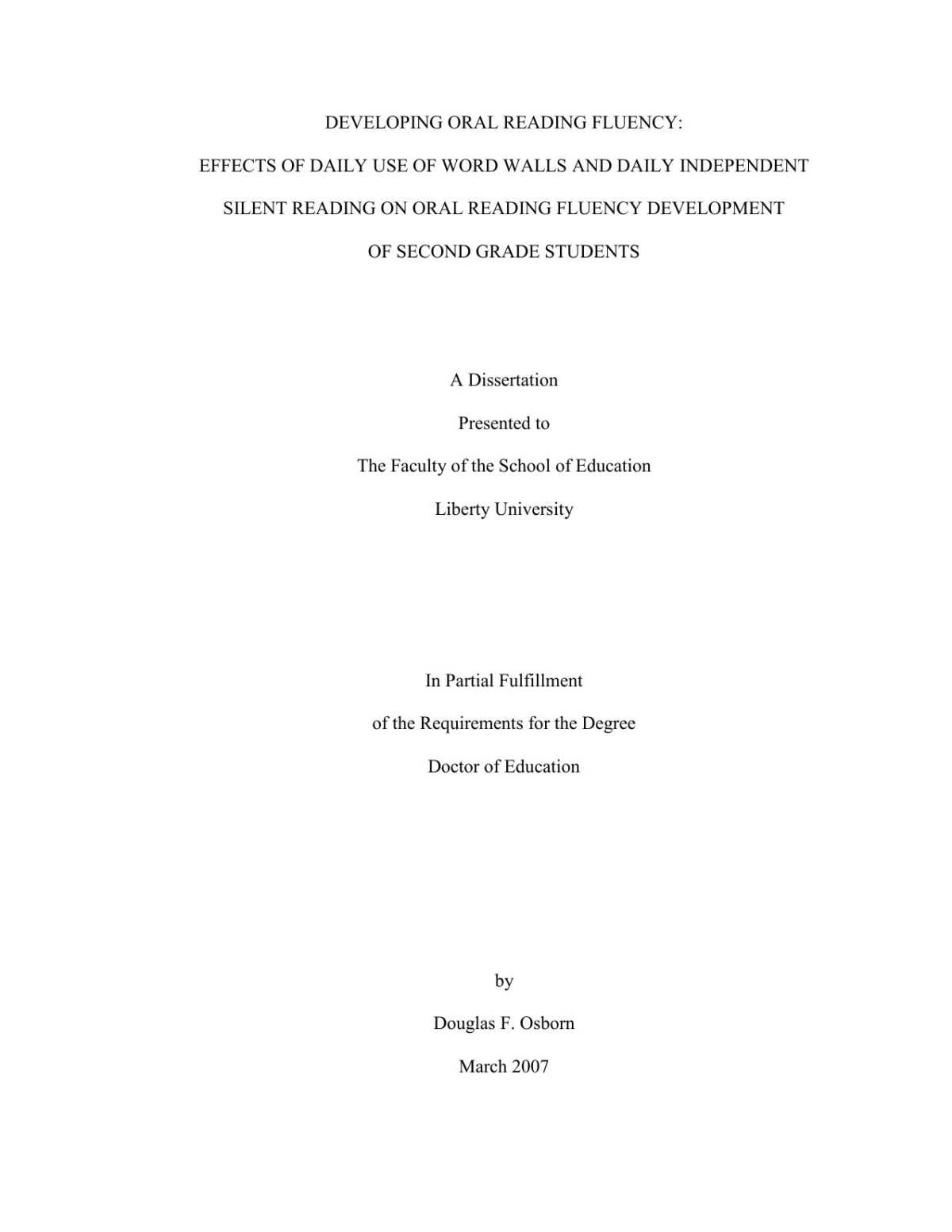

Most ebook files are in PDF format, so you can easily read them using various software such as Foxit Reader or directly on the Google Chrome browser.
Some ebook files are released by publishers in other formats such as .awz, .mobi, .epub, .fb2, etc. You may need to install specific software to read these formats on mobile/PC, such as Calibre.
Please read the tutorial at this link: https://ebookbell.com/faq
We offer FREE conversion to the popular formats you request; however, this may take some time. Therefore, right after payment, please email us, and we will try to provide the service as quickly as possible.
For some exceptional file formats or broken links (if any), please refrain from opening any disputes. Instead, email us first, and we will try to assist within a maximum of 6 hours.
EbookBell Team

4.1
80 reviewsAbstract: The researcher measured the effectiveness of two popular supplemental reading instruction strategies, word walls and independent silent reading, in 6 second-grade classes over 12 weeks. The study involved the comparison of eight oral reading fluency growth measures (Rate, Accuracy, Fluency, Comprehension, Oral Reading Quotient--overall oral reading ability, Sight Word Efficiency, Phonemic Decoding Efficiency, and Total Word Reading Efficiency). The researcher used the individually administered Gray Oral Reading Tests (fourth edition) and the Test of Word Reading Efficiency in a pretest-intervention-posttest experimental design to obtain these measures. Although pretest and posttest comparisons of the standard scores and percentile ranks revealed no statistically significant effects for either intervention group when compared to the Control group, actual gain score grade equivalency comparisons to the anticipated gains of 3 months were statistically significant for all three groups for almost every measure. The researcher concluded that although the daily use of Word Walls and the daily use of Independent Silent Reading both appear to be effective reading instruction strategies for second grade students, other reading instruction strategies (employed by the Control group) appear to be comparably effective. All three groups experienced a remarkable gain in overall oral reading ability according to the GORT-4 Oral Reading Quotient measure. This dramatic gain over the beginning three months of second grade suggests this period may be a crucial phase of reading fluency development.